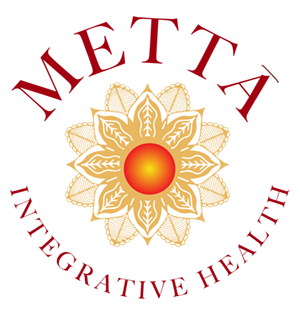
What is homeopathy?
Integrative Therapy
Homeopathy as an integrated therapeutic modality was founded in Germany over two hundred years ago by a physician, Dr. Samuel Hahnemann (1755-1843). However, the theory dates far back in human history to the time of Hippocrates, called the father of Western medicine.
Homeopathy is practiced according to well established fundamental principles that are tried and tested for 230 years. It is based on the principle that like cures like. This means that a substance that is capable of producing certain effects on a healthy human being is also capable of curing similar symptoms when they appear as an illness. For example, Ipecac, if taken in a crude dose by a healthy person will cause vomiting; but when taken in a homeopathically prepared microdose will cure vomiting.
This approach has been verified in the successful clinical treatment of millions of people around the world. Rigorous scientific research has also verified efficacy of homeopathy with over 1200 controlled trials as of 2021. The therapeutic sphere of action for each substance is revealed through controlled, typically double-blind, experiments called “provings”. In a proving, a homeopathically-prepared substance is given to a group of healthy human volunteers “provers”. The provers record everything they experience—physically, mentally and emotionally—during the proving. Each provers symptoms are carefully collated and analyzed to clarify the overall symptom picture produced by that substance.
Fundamental Principles of Homeopathy
Similarity: “Like cures like”. Healing is available by matching the symptoms a
remedy substance can produce in a healthy person to similar symptoms experienced by
an unhealthy individual.
Individualized: The treatment is tailored to the unique expression of the individual experiencing the dis-ease, as opposed to treating the disease.
Totality: The complete symptom profile of the client - physical, mental
and emotional - is matched to the symptom profile of the remedy.
Minimum Dose: Determining the least amount of remedy needed to effect the
necessary change by encouraging the self-healing properties of the body to re-engage.
Single Remedy: The administration of one remedy at a time.
Provings : Using quality proving research data to inform clinical decisions.
What are homeopathic remedies?
Homeopathic remedies are derived from many sources in the natural world - typically plants, minerals or animal products. After triturating a mineral material -- a methodical grinding process -- or tincturing a plant material the base substance is then dissolved in alcohol-water solution. At this point the selected substance goes through a long process of repeated dilution and succussion, which is like a vigorous shaking. This procedure attenuates, or stretches out and refines, the original substance. So further down the line, when you do this hundreds of times, the original material breaks down into energetic nanoparticles which we can now see under electron microscopes.
In homeopathy this highly refined dilution, which has no actual molecules of the original substance, is called a potentized solution. That’s why toxic substances such as Belladonna, Arsenicum or Lachesis – which is snake venom - can be prescribed as remedies, because no actual gross molecule exists after the potentization process.
How does homeopathy work?
Energy-based
Like our whole world, homeopathy is energy-based. Electromagnetic energy is the natural driving force of the universe, and yet, we are only beginning to understand how it works. Even commonly used forms of energy like electricity and radiation are not yet fully comprehended. Nonetheless, they are used effectively every day.
Physics
Homeopathy's effectiveness lies in the domain of quantum physics and the emerging field of energy medicine. Nobel Prize-winning physicists are researching how the homeopathic potentization process magnifies and preserves the energetic pattern of a remedy's original substance. They know these patterns are stored in the crystalline structure of the water used in the potentization process, but they are still investigating the exact nature of this occurrence. This uncertainty has caused skepticism and prejudice about homeopathy in some circles, especially in the field of chemical medicine.
Evidence
This skepticism goes against the growing tide of evidence by distinguished nano- and bio-physicists whose studies show that an electro-magnetic "fingerprint" of the original substance becomes etched in the remedy's water molecules during the succussion process. Mounting evidence indicates that each homeopathic remedy conveys a unique energetic frequency to the body's energetic vital force. When the remedy's frequency matches the specific energetic pattern of an illness or imbalance within the person, it stimulates their body's natural healing response to that illness.


